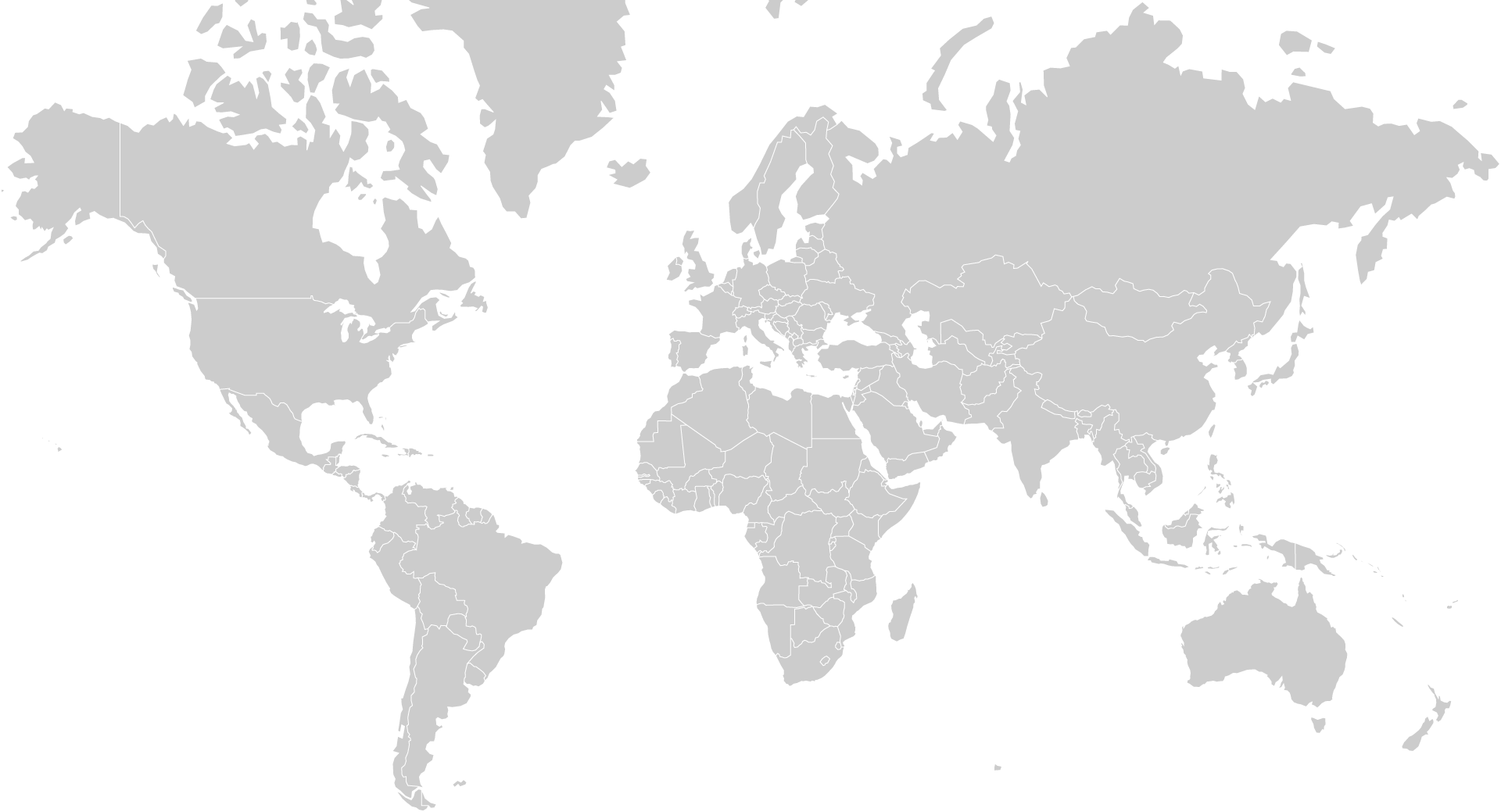Measure TTFB from 40 Locations
Europe
| Location | Status | DNS | Connect | TLS | Served By | Served From | Cache Status | TTFB |
|---|
Swipe on the Table to see all Details ➜
America
| Location | Status | DNS | Connect | TLS | Served By | Served From | Cache Status | TTFB |
|---|
Swipe on the Table to see all Details ➜
Asia Pacific & Africa
| Location | Status | DNS | Connect | TLS | Served By | Served From | Cache Status | TTFB |
|---|
Swipe on the Table to see all Details ➜
Performance Map

What is TTFB?
TTFB stands for Time to First Byte. It is the time taken by the browser to receive the first byte of data from the server. A low TTFB value results in a better user experience. To ensure that a website has a low TTFB worldwide, our tool measures it from 40 different locations.
Testing the Right Way
This tool performs the TTFB test on a single resource at a time. This resource could be anything on the web such as an HTML Page, an image file, a font file, a CSS stylesheet, or a JavaScript file. This can help measure the response time of your origin server or CDN Provider across the globe. We recommend repeating the test a couple of times to obtain accurate results as this ensures that resource is cached and served from your CDN Provider's closest datacenter.
Frequently Asked Questions
Q.Does TTFB matter?
Yes, it does matter! Having a low TTFB ensures a great user experience due to nearly instant page load times (assuming the rest of your page speed metrics are also good). If the TTFB is high, the user has to wait on a blank screen until the server responds. TTFB has a major indirect impact on Web Vitals Scores.
Q.What is the different between TTFB Test and Website Speed Test?
TTFB Test performs the test on a single resource (such as a CSS File, HTML Document, or Image) to see how fast it loads. While the Website Speed Test loads all the resources on a Web Page just like a browser does and calculates the page speed based on that.
Q.How can I improve TTFB?
You can improve TTFB by using a CDN, optimizing your backend code & database performance, using Memory Caching, and by using a better hosting provider that provides better hardware resources. You can refer to our guide to improve TTFB.
Q.Is it important to have a low TTFB at every location?
You only need to ensure that you have low TTFB in regions where most of your website visitors live. But if you have a global audience, you should aim to have a low TTFB worldwide.
Q.How can I achieve low TTFB worldwide?
You can achieve a low TTFB worldwide by using a Content Delivery Network (CDN) and/or by having multiple servers across the globe with a load balancer that can route the traffic from the server closest to the user.
Q.Which CDN Provider do you recommend?
There are many good CDN providers you can choose from. We recommend Cloudflare, BunnyCDN, CloudFront, Fastly, Akamai and KeyCDN.
Q.I use a CDN, why is my TTFB still high?
By default, CDN providers only cache your website's static resources such as Images, JavaScript, CSS, and Font Files. They do not cache HTML by default. Hence, you'll not see an improvement in TTFB while testing a Web Page. To see an improvement, you will need to perform the test on that resource instead.
To reduce the TTFB of Web Pages, you can either Enable HTML Caching at your CDN provider or you can use a static site convertor such as Gatsby.js and host it on a platform like Netlify. We recommend Cloudflare's Full Page Caching to cache HTML content by setting up a Page Rule (WordPress users can also use Cloudflare APO).
To reduce the TTFB of Web Pages, you can either Enable HTML Caching at your CDN provider or you can use a static site convertor such as Gatsby.js and host it on a platform like Netlify. We recommend Cloudflare's Full Page Caching to cache HTML content by setting up a Page Rule (WordPress users can also use Cloudflare APO).
| Status Code | Meaning |
|---|---|
| 1xx | Informational |
| 2xx | Success |
| 3xx | Redirection |
| 4xx | Client Error |
| 5xx | Server Error |
| TTFB Value | Meaning |
|---|---|
| Under 200 ms | Excellent |
| 200-350 ms | Good |
| 350-500 ms | Average |
| 500-700 ms | Below Average |
| Over 700 ms | Poor |
| Metric | Meaning |
|---|---|
| Status | HTTP Status Code |
| DNS | DNS Lookup Time |
| Connect | TCP Connect Time |
| TLS | TLS Handshake |
| TTFB | Time to First Byte |
